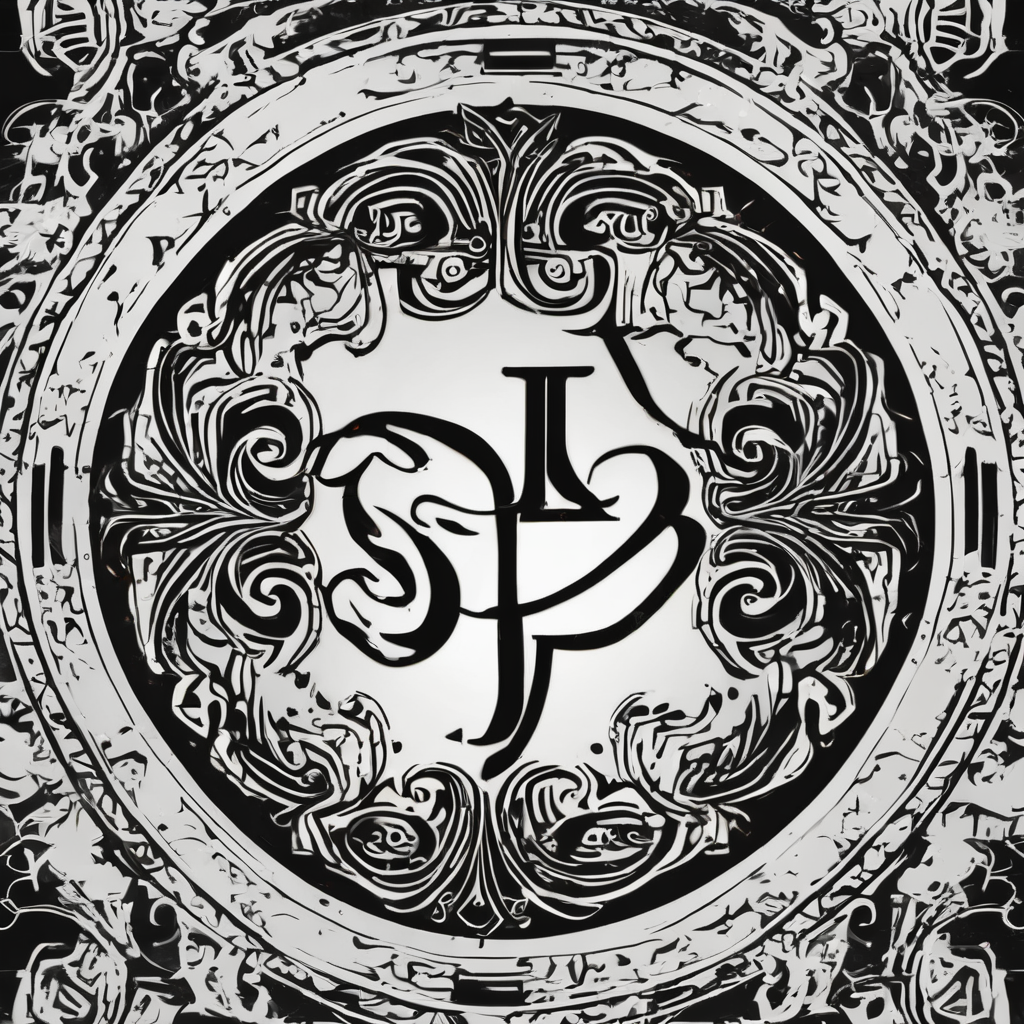Japanese tattoos, also known as irezumi, hold a deep cultural significance, combining traditional motifs with intricate artistry. These tattoos are celebrated for their vibrant colors, detailed designs, and symbolic meanings. Whether inspired by mythological creatures, nature, or folklore, Japanese tattoos provide endless creative possibilities for both traditional enthusiasts and modern ink lovers.
Traditional Japanese tattoo motifs
Japanese tattoo art often draws inspiration from centuries-old imagery deeply rooted in cultural and spiritual symbolism. In fact, japanese tattoo ideas offer a blend of traditional motifs and modern styles, allowing for deeply symbolic designs that reflect culture and personal expression. Common motifs include mythological creatures like dragons and phoenixes, representing strength, wisdom, and renewal. Another popular element is the koi fish, which symbolizes perseverance and good fortune.
In the same genre : How to Find the Best Vintage Stores in London?
Samurai warriors are another traditional motif, embodying honor, loyalty, and courage. These designs pay homage to Japan’s feudal history and the Bushido code. For those seeking a more spiritual connection, images of deities, such as Fudo Myoo, signify protection and strength in the face of challenges. The traditional use of bold lines and extensive shading enhances the striking visual impact of these designs.
Modern adaptations of Japanese tattoos
While traditional Japanese tattoos remain highly respected, contemporary adaptations have gained popularity, blending old and new aesthetics. Minimalist interpretations focus on specific motifs, such as a single koi fish or a cherry blossom branch, maintaining the cultural essence while appealing to modern tastes. Monochromatic ink has also become a favored choice for creating sleek, subtle designs without the vibrant colors of traditional styles.
Topic to read : What Are the Best Practices for Maintaining Wool Garments?
Another trend in modern Japanese tattooing is the integration of Western elements. Artists may incorporate geometric patterns, abstract styles, or even pop culture influences to create hybrid designs. The placement of tattoos has also evolved; rather than full-body or sleeve tattoos, smaller designs on the forearm, wrist, or back are popular for those seeking discreet yet meaningful artwork.
Placement and personal meaning in Japanese tattoos
Japanese tattoos are as much about placement as they are about design. Traditional irezumi often cover large areas, such as the back, arms, and legs, creating a cohesive story across the body. This style is perfect for individuals who appreciate intricate, flowing artwork that tells a deeper narrative. Personal meaning is a significant aspect of Japanese tattoos. The motifs chosen often reflect an individual’s values, struggles, or aspirations. For example, a dragon might symbolize the wearer’s strength and wisdom, while a cherry blossom could signify fleeting beauty and the impermanence of life.
In summary, Japanese tattoos offer a rich tapestry of artistic expression and cultural heritage, making them a timeless choice for tattoo enthusiasts. Whether drawn to traditional motifs or modern adaptations, each design carries profound meaning and visual impact. Exploring Japanese tattoo ideas allows individuals to connect with a centuries-old art form while expressing their personal story through ink












